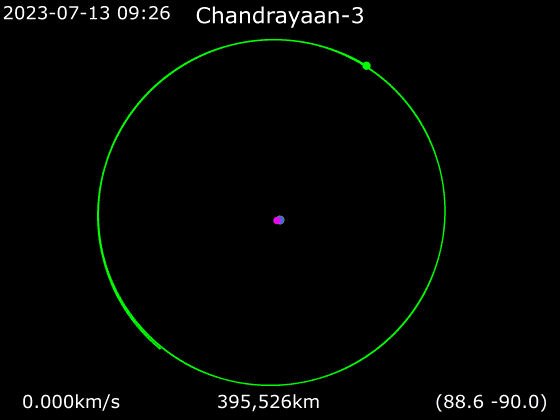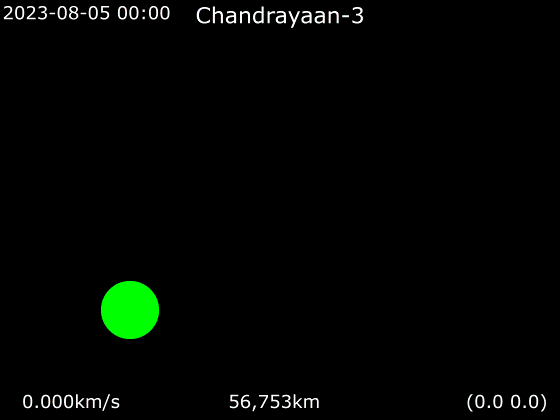God, I wish I could have read Terry Pratchett’s Discworld-themed take on LLMs and how they’re an elf plot to use L-Space to zombify techbros and their money-making schemes.
baltakatei
/ˈbɑːltəkʊteɪ/. Knows some chemistry and piping stuff. TeXmacs user.
Website: reboil.com
Mastodon: baltakatei@twit.social
- 0 Posts
- 20 Comments
Ultimately, the quality of your work is a function of you and your resources. Corruption and miscommunication plague all management systems. Corrupt management siphons resources away from otherwise good work. Government bureaucracy is another layer of management like any other. Customers are not just consumers but working people like you.
Hang in there.
No, Jerry, we’re not going to implement The Purge to bring back Malthusian population cycles. We’ve already got the Demographic Transition at home.
Click click click click click click click click click click

 12·10 months ago
12·10 months agoThe Seattle police officer in the video didn’t hit the woman with his cruiser. One of the people in his police union did, of which he is vice-president.

 3·10 months ago
3·10 months agoThe lander and rover has until September 4th until it loses sunlight and therefore power (it doesn’t have an RTG).
It handles ambiguity too. Want to say something lasts for a period of 1 month without needing to bother checking how many days are in the current and next month?
P1M. Done. Want to be more explicit and say 30 days?P30D. Want to say it in hours? Add theTseparator:PT720H.I used this kind of notation all the time when exporting logged historical data from SCADA systems into a file whose name I wanted to quickly communicate the start of a log and how long it ran:
20230701T0000-07--P30D..v101_pressure.csv(“
--” is the ISO-8601 (2004) recommended substitute for “/” in file names)If anyone is interested, I made this Bash script to give me
uptimebut expressed as an ISO 8601 time period.$ bkuptime P2DT4H22M4S/2023-08-15T02:01:00+0000, 2 users, load average: 1.71, 0.87, 0.68
Using T as a delimiter is mental
You get used to it.
Mixed Martial Arts tournaments are basically Pokémon tournaments?
Are Pokémon people too?

 7·11 months ago
7·11 months ago
It’s like StumbleUpon.

 31·1 year ago
31·1 year agoI’ll believe it when it doesn’t crash and burn like the last one.
Check back here on 2023-08-23, then.

 81·1 year ago
81·1 year agoISROʼs last lunar exploration mission was in 2019 and called Chandrayaan-2. The lunar orbiter succeeded. The lunar lander, named Vikram, failed, crashing onto the lunar surface. Vikram contained a lunar rover named Pragyan.
Here is Scott Manleyʼs review of the Vikram failure.
Here is a New York Times gift article link about today’s (2023-07-14) launch.
Here are animations of the planned orbits (Videos (1,2) by Phoenix777 / 🅭🅯🄎 4.0):

 2·1 year ago
2·1 year agoMaybe try out FreedomBox?
freedomboxis a Debian package which automatically sets upapache2,firewalld,fail2banand Letʼs Encrypt. It also automatically adds pre-canned configuration files for applications you install with it (e.g. Mediawiki, WordPress, Matrix, Postfix/Dovecot). The theoretical goal of FreedomBox is to allow anyone to set up a webserver and administer it via a webUI. So, although I would say itʼs not quite there yet for command-line-illiterate users, I have found the software useful as a turnkey server to see what makes certain web applications tick, albeït in mostly vanilla form.For example, after installing a new app like WordPress, you could examine what exactly the FreedomBox scripts changed in the
/etc/apache2/or/etc/fail2ban/configuration files.

 2·1 year ago
2·1 year agofgallery
TL;DR:
fgalleryis a dumb static web gallery generator: EXAMPLE, SETUP.There’s fgallery which is a small Debian package that takes an input directory (e.g.
photo-dir) and creates a static website in a new directory (e.g.my-gallery).$ fgallery photo-dir my-galleryDescription
From the Debian package details page.
static HTML+JavaScript photo album generator
“fgallery” is a static photo gallery generator with no frills that has a stylish, minimalist look. “fgallery” shows your photos, and nothing else.
There is no server-side processing, only static generation. The resulting gallery can be uploaded anywhere without additional requirements and works with any modern browser.
Among all the Debian packages similar to this one, this seems the most recently maintained (version 1.9.1 came out 2022-12-31). It is licensed GPLv2+ so the source code is available.
Upload to a web server
After running
fgalleryas described above, uploadmy-galleryto your static web page directory (e.g./var/www/html/with a typicalapache2setup) and open theindex.htmlthrough a web browser.Here’s an example gallery I made just now (setup procedure).
( Photo by Baltakatei / 🅭🅯🄎 4.0 )
Viewing locally with a browser
To view the gallery locally without uploading to a web server (e.g. a Digital Ocean droplet) or static content hosting service (e.g. AWS S3), you can do so with your own web browser. However, because the
fgallerywebpage uses Javascript and since modern browsers refuse to render Javascript in HTML pages at local file system addresses (e.g.file:///) due to same-origin policy, the easiest solution is to make a simple webserver via python3:$ python3 -m http.server -d ./my-galleryThen, you can visit the
my-gallery/index.htmlfile via a localhttp://address athttp://localhost:8000/.Summary
fgallerylacks many complex features (no image database, no metadata editing, no dynamic server processes for editing images, etc.). However, I’d argue its lack of features is the main feature. It just takes a directory of photos and spits out a directory you can plug into your hosting service. Updating the the gallery is just a matter of running the same$ fgallery photo-dir my-gallerycommand again and re-uploading.Edit(2023-07-07T12:05+00): Clarify python3 commend.
TL;DR:
fgalleryis a dumb static web gallery generator: EXAMPLE, SETUP.
Thunderbird’s Blogs and News Feeds feature. Allows me to backup RSS feed data alongside my emails in MBOX format via the ImportExportTools NG add-on.







Nvidia: I have altered the deal, pray I do not alter it further.